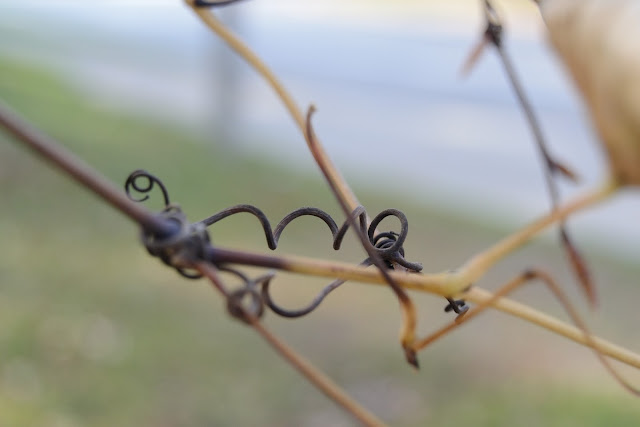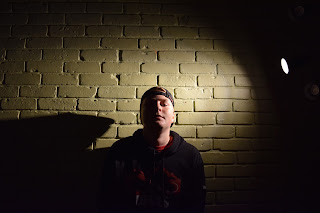Andre Kertesz
Andre Kertesz was born in Budapest July 2nd, 1894. Originally named Kertesz Andor he lived with his middle-class Jewish family with his Mother, Father, and two brothers. After earning enough money Andre disobeyed his parent’s wishes for him to pursue a career in business and bought a camera. In his free time, Andre would take photos of things we might see on a daily basis and give them a deep meaning.
The first photo depicts a fork leaning up against a plate. This photo is called “the Fork” it was taken in Paris in 1928. This photo represents a utensil people use everyday to represent their lives and the shadow represents the dark secrets they keep from other people. This relates to his main style of taking a photo of things people see daily (the Fork) and adding a deep meaning to the photo. This photo is one of Andre's most famous pictures. The fork was used in the ‘Salon de l’Escalier’ (Paris, 1928) and at ‘Film und Foto’ (Stuttgart, 1929) and was used in an
advertisement for the silversmiths Bruckman-Bestecke.
Andre was a photojournalism legend and many photojournalists today give credit to him for inspiring them. Many try to replicate his style but very few are able to recreate his sense of perspective on the world and its creations. In an interview with the famous photographer, Henri-Cartier Bresson he said; “We all owe something to Kertesz, Whatever we have done, Andre did first”.
My Photo Interpretation
References
Lafer, Sarah, 2011. Retrieved December 20, 2016 from http://cargocollective.com/arthauslondon/Andre-Kertesz
Andre Kertesz, Retrieved December 20, 2016 from https://sites.google.com/site/andrekerteszphotographs/photography/the-fork
Wikipedia, Andre Kertesz, Retrieved December 20, 2016 from https://en.wikipedia.org/wiki/Andr%C3%A9_Kert%C3%A9sz
Wan, Leo, 2016. Artist Mentor Project, Retrieved December 20, 2016 from http://nexusvaporotart.blogspot.ca/




































